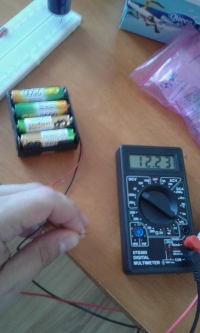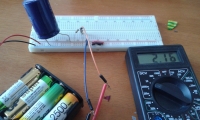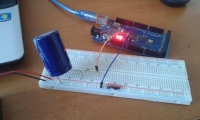Hello.
I have a few questions about renewable energy sources.
Namely, I would like to connect several 60V 1.2A 1000Vmax photovoltaic panels in series to get a voltage of about 220V and connect with a thermostat to the 220V AC heater. The thermostat would disconnect the panels after obtaining the right water temperature in the tank.
This way, I bypass the need to buy batteries, a charge regulator, etc. I store all my energy as heat in an insulated tank.
And here are my questions - maybe a bit strange - to which I cannot find answers:
1. Will unconnected panels in the sun be damaged?
2. Are unconnected panels in the sun subject to "normal" wear?
3. Can the AC 220V heater - which is, after all, an ordinary resistor - be connected to DC voltage?
Greetings.
I have a few questions about renewable energy sources.
Namely, I would like to connect several 60V 1.2A 1000Vmax photovoltaic panels in series to get a voltage of about 220V and connect with a thermostat to the 220V AC heater. The thermostat would disconnect the panels after obtaining the right water temperature in the tank.
This way, I bypass the need to buy batteries, a charge regulator, etc. I store all my energy as heat in an insulated tank.
And here are my questions - maybe a bit strange - to which I cannot find answers:
1. Will unconnected panels in the sun be damaged?
2. Are unconnected panels in the sun subject to "normal" wear?
3. Can the AC 220V heater - which is, after all, an ordinary resistor - be connected to DC voltage?
Greetings.






